The 2018 AMC series The Terror has now arrived on Netflix, striking a chord with audiences around the world all over again after its initial success. However, the show’s resurgence in popularity has perhaps inevitably prompted comparisons with other entries in the same genre. As a psychological horror story with elements of drama, supernatural fantasy, and survival thriller, The Terror shares attributes with many similar projects. However, perhaps the most pertinent comparison – especially for audiences in 2024 – is with the fourth season of HBO’s anthology series, True Detective.
Dubbed Night Country, True Detective season 4 proved an incredibly divisive entry in the series. Incorporating multiple plot elements from the show’s lauded debut season, Night Country was a strange blend of supernatural horror and murder mystery. The show’s setting, in a remote Alaskan township, was a far cry from True Detective‘s previous story locations. However, the prevalence of icy wilderness mixed with unexplained paranormal phenomena creates a surprising connection between True Detective season 4 and The Terror season 1 – and not necessarily in a way that flatters the Jodie Foster-led series.
The Terror Has Clear Similarities To True Detective Season 4
From Setting To Themes, There Are Multiple Crossovers
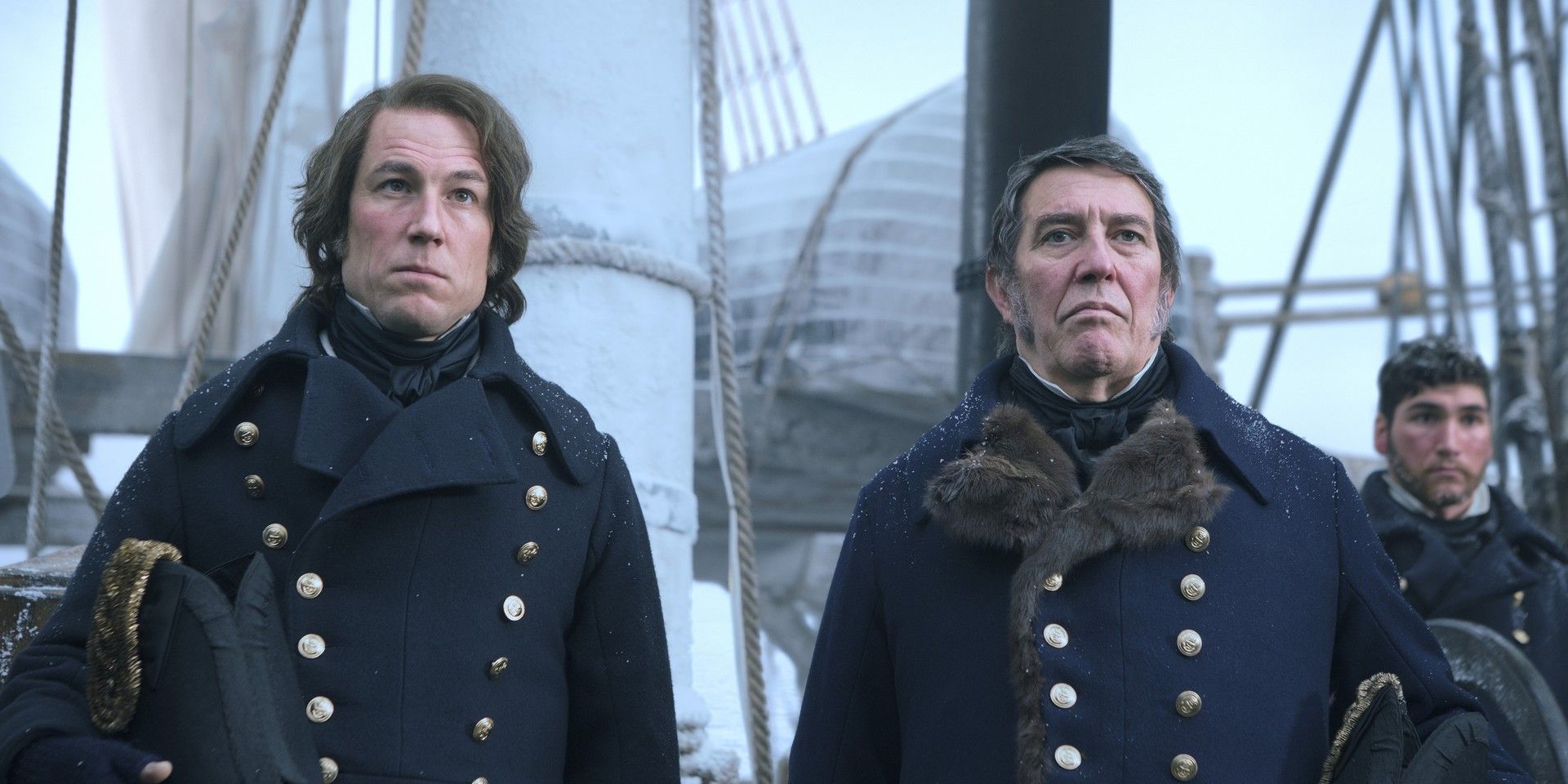
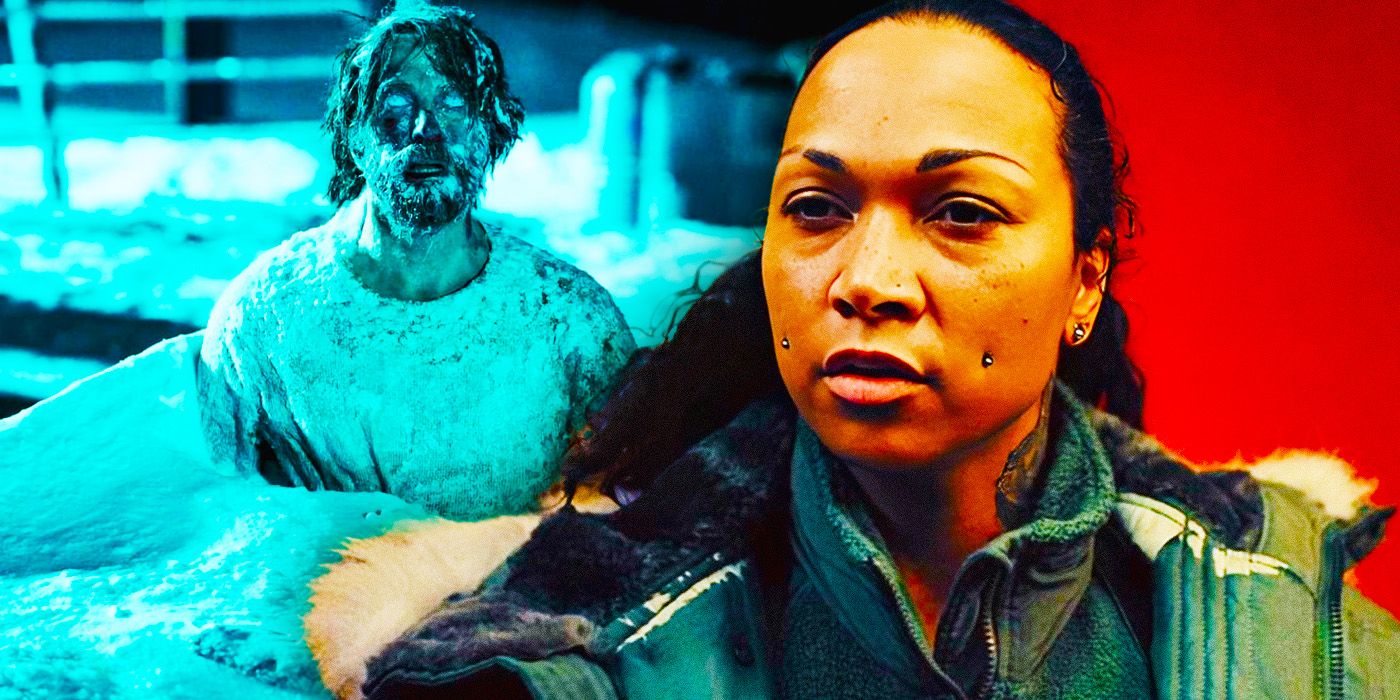
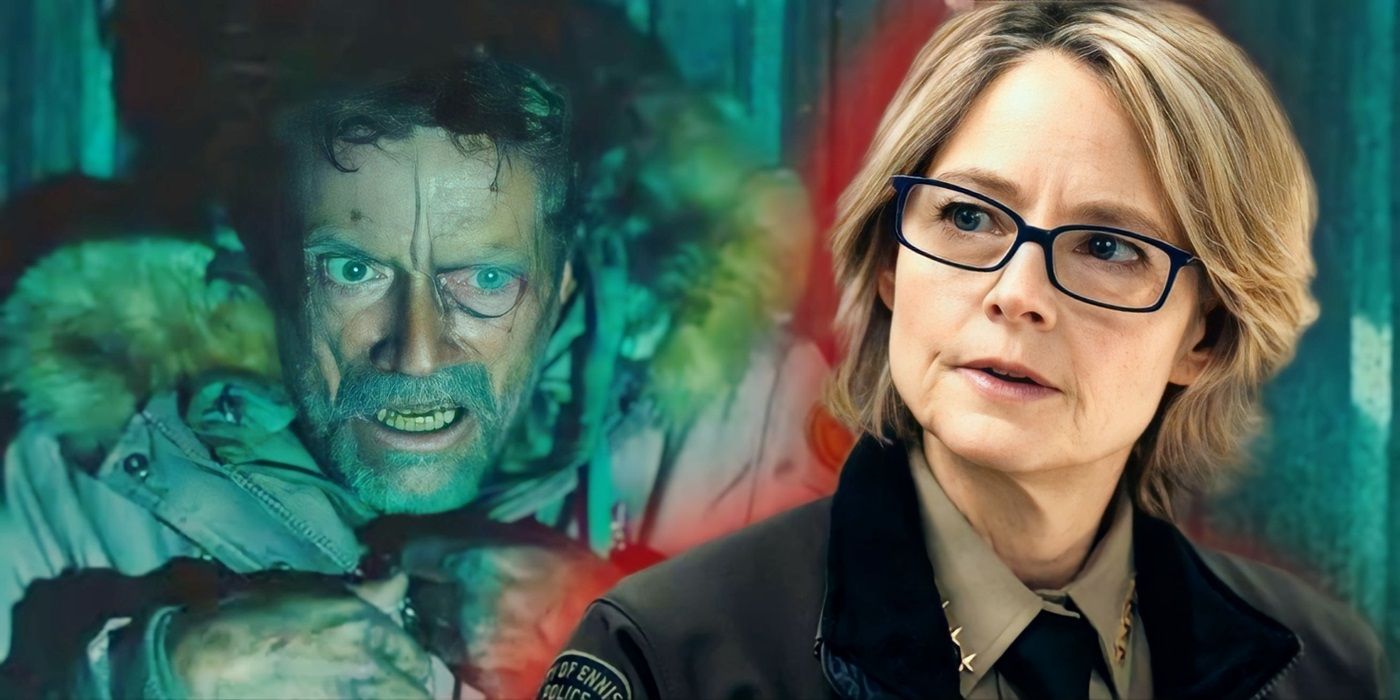
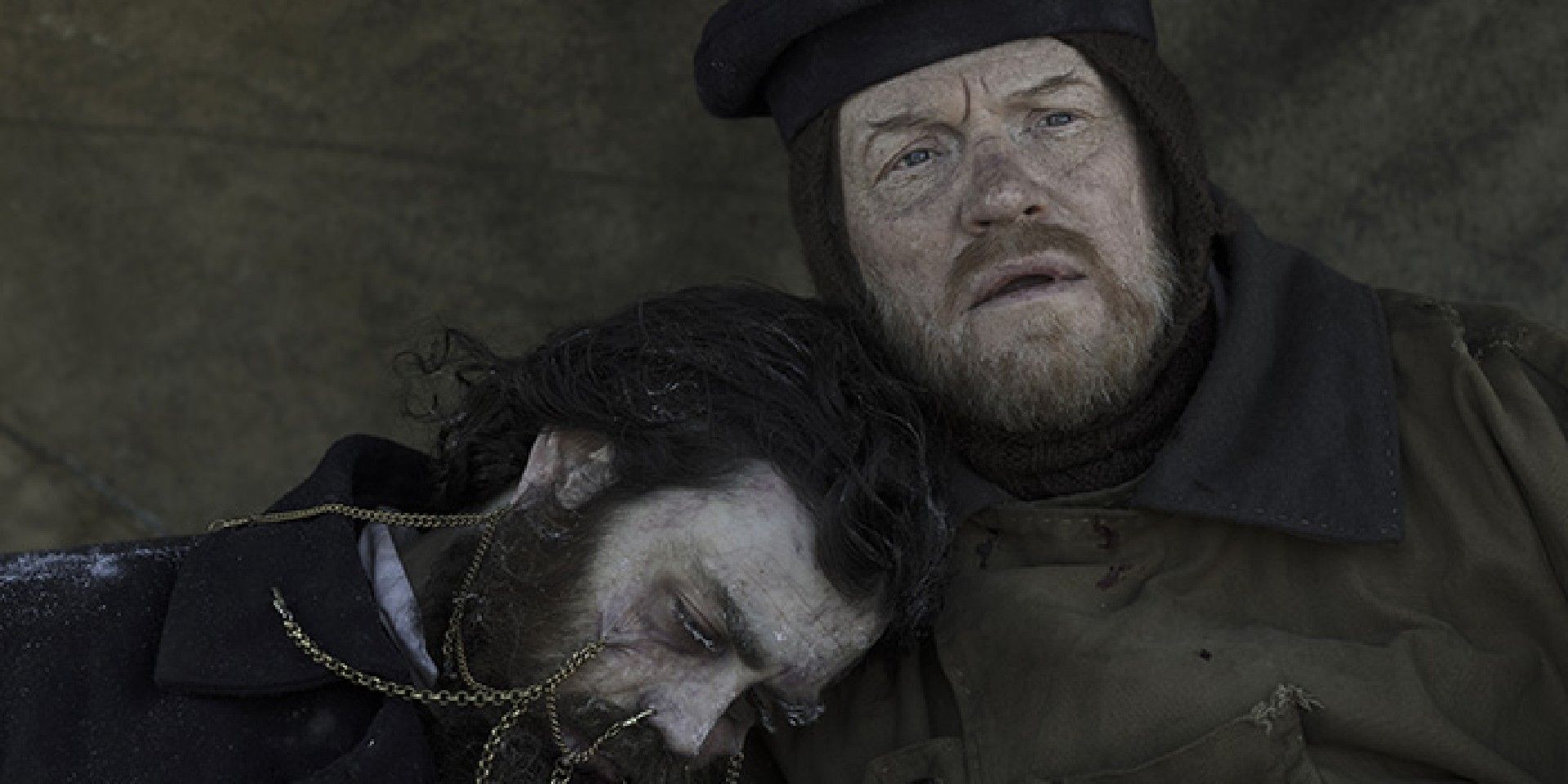
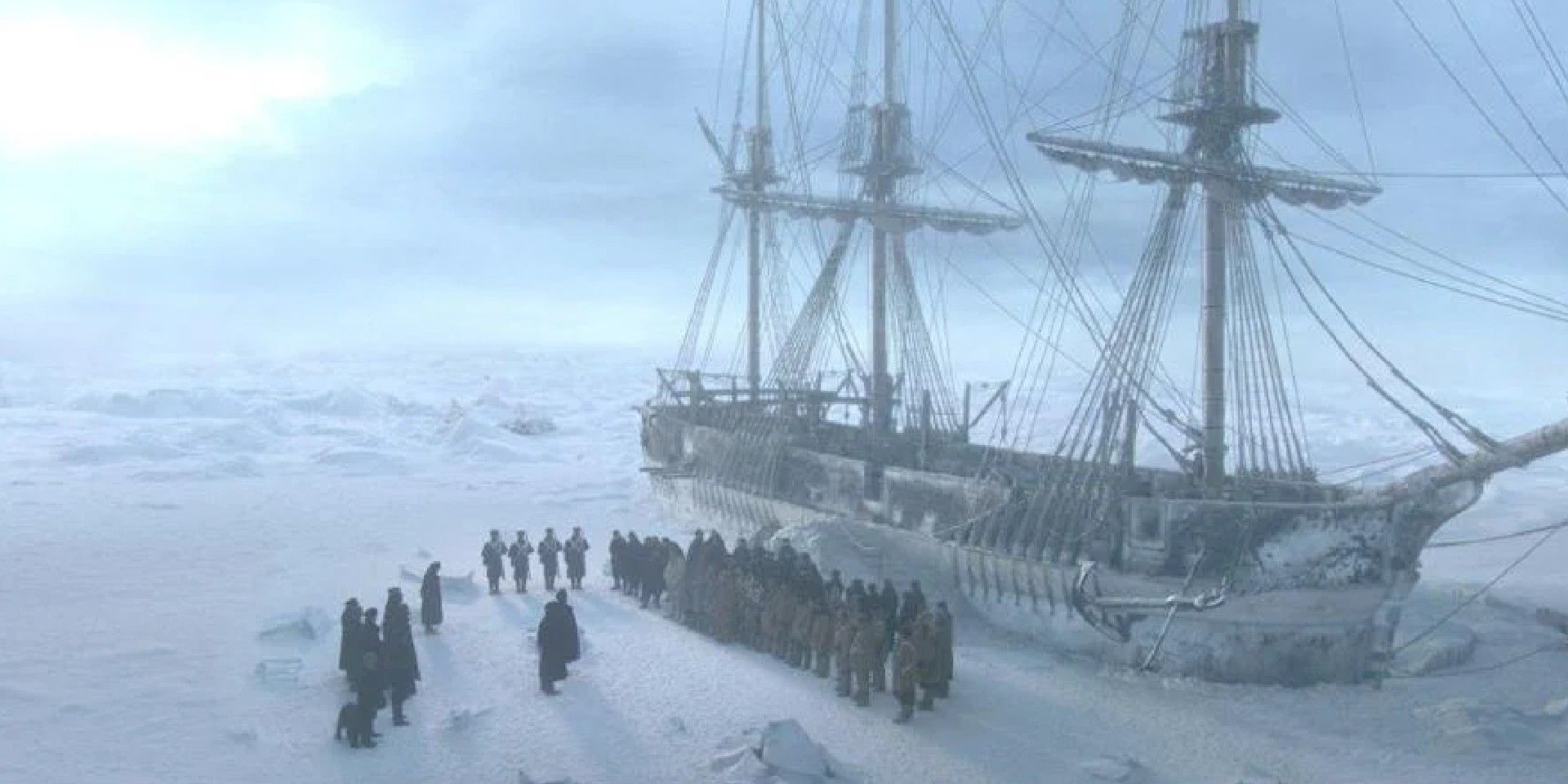
Despite having no narrative connection and taking place in completely different fictional universes, The Terror and True Detective: Night Country are eerily similar in many respects. Both shows center around a chilling mystery set in the Arctic wilderness. In True Detective‘s case, the story concerns the dual cases of a group of scientists who vanish from a research station alongside the historic murder of an Inupiak woman, Annie K. In The Terror, the narrative is a fictionalized reimagining of a real case where an exploratory mission became lost in the Arctic, with the crew eventually perishing.
Because of the evocative power of the frozen wilderness, this potent setting ensures that True Detective and The Terror have an obvious tangential link. Beyond this, however, there is other connective tissue. Both shows incorporate supernatural elements to heighten the horror, while also exploring how psychological breakdown can foment paranoia and hostility. The two even include ghostly bears acting as ominous harbingers (although, admittedly, The Terror‘s bear monster is much more hostile than the polar bear in True Detective).
…the two shows also explore environmental and societal themes, including prejudice and the polluting influence humans can have on the environment.
More subtly, the two shows also explore environmental and societal themes, including prejudice and the polluting influence humans can have on the environment. In both series, Inupiak and Netsilik people are subject to suspicion and subjugation which is ultimately avenged. There are also powerful warnings about the poisonous influence humanity’s attempts to tame the wild can have – from the mining operation in True Detective, to the toxic lead soldering in The Terror that affects both the crew and the Tuunbaq. While there are many things that divide the two projects, their connection is undeniable.
The Terror Hugely Improves True Detective’s Supernatural Themes
It’s A Major Issue In The HBO Show
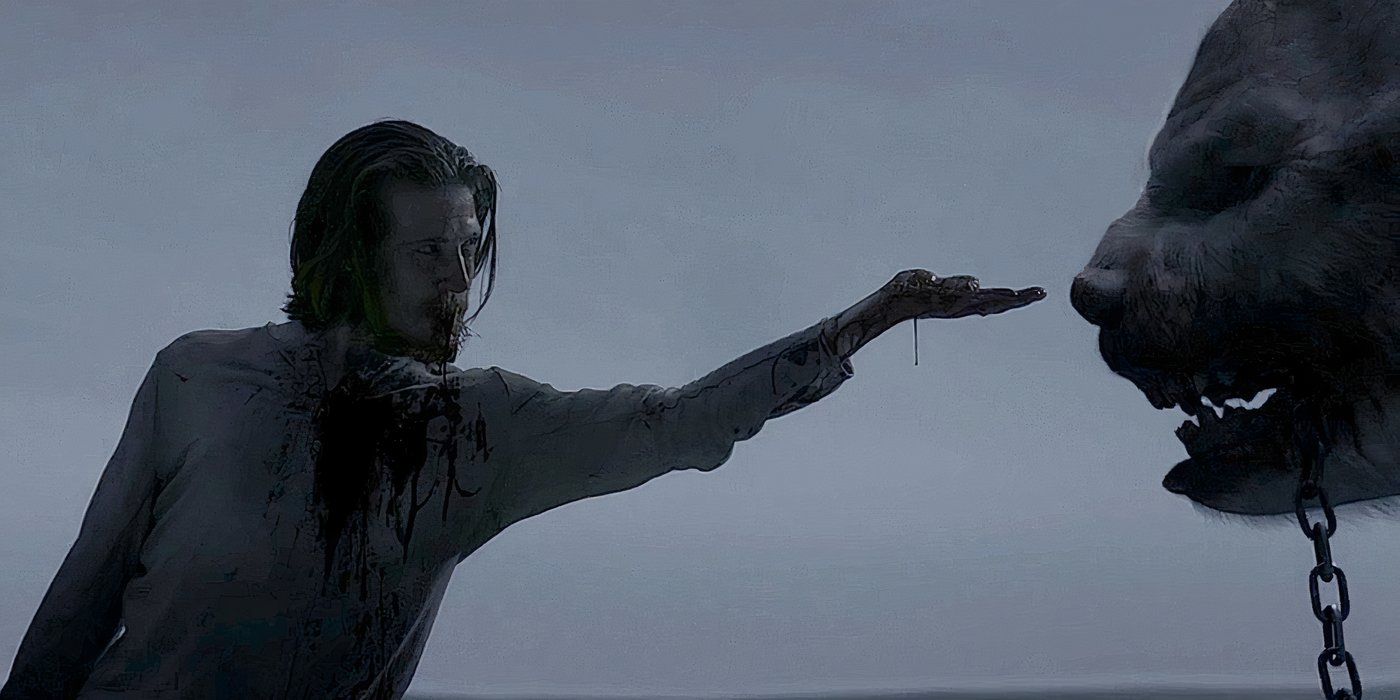
Spiritualism and religious tradition run through both True Detective and The Terror. In True Detective, this often manifests in the form of terrifying visions, as well as a sinister connection to the satanic cult featured in the show’s acclaimed first season. By contrast, in The Terror, the supernatural is represented by the avenging spirit of the Tuunbaq, a monstrous creature seemingly controlled by shamanic powers that relentlessly pursues the ships’ crews throughout their ordeal. In both stories, there is an attempt to use the fantastical to add an element of unsettling ambivalence to the drama.
However, where The Terror‘s Tuunbaq is an effective example of how supernatural horror can enhance an already-chilling thriller, True Detective: Night Country is a mess. Not only is the show’s depiction of supernatural occurrences inconsistent, but the attempts to incorporate pre-existing franchise lore create a near-incomprehensible mythology. Furthermore, while The Terror‘s supernatural elements actually enhance the show’s broader message, True Detective‘s just make things confusing.
The Tuunbaq in The Terror functions as both a terrifying adversary in its own right and a subtle symbol of the series’ themes. It’s a physical warning about humanity’s hubris in attempting to explore and conquer everything, while its gradual corruption at the hands of British interlopers can be interpreted as a metaphor for colonialism and environmental abuse. Meanwhile, beyond providing some effective jump scares, it’s never totally clear what True Detective‘s ghostly visions are designed to explain – let alone whether there’s any point to evoking the spiral imagery that was so powerful in season 1.
The Terror Uses Its Setting Much More Effectively
The Wilderness Is A Character In Its Own Right
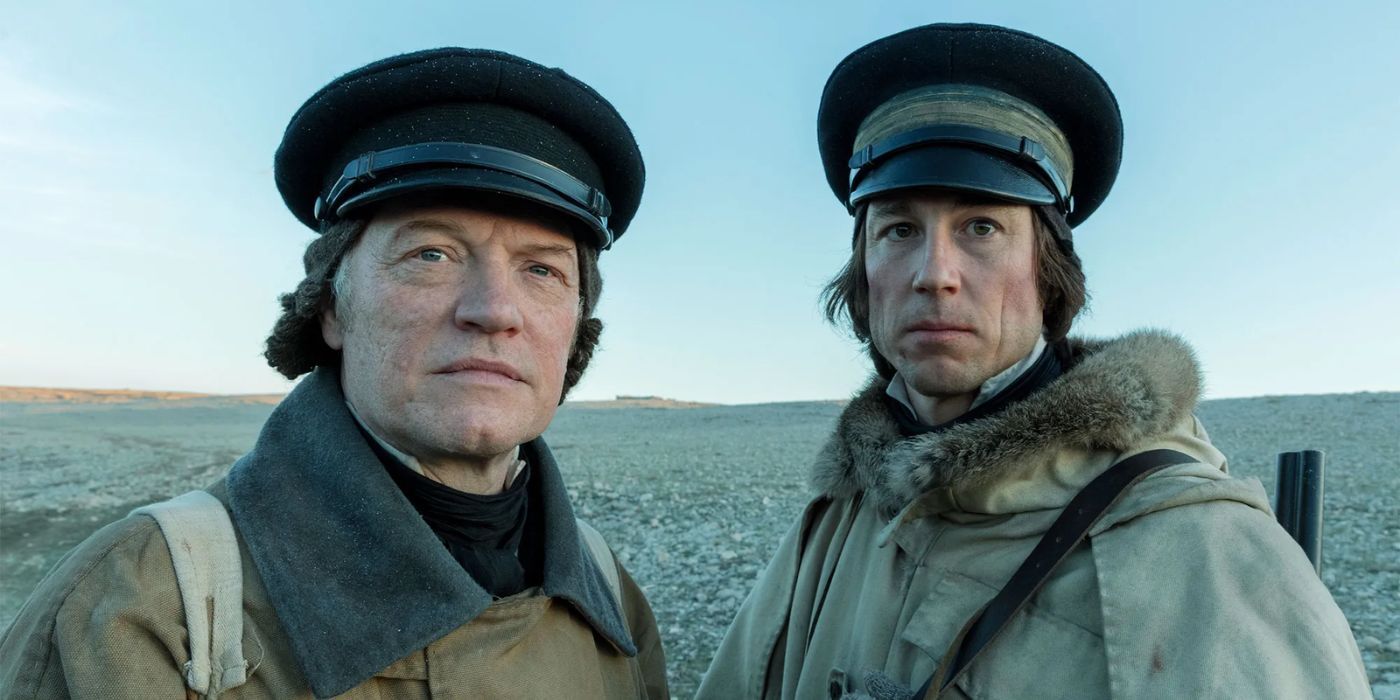
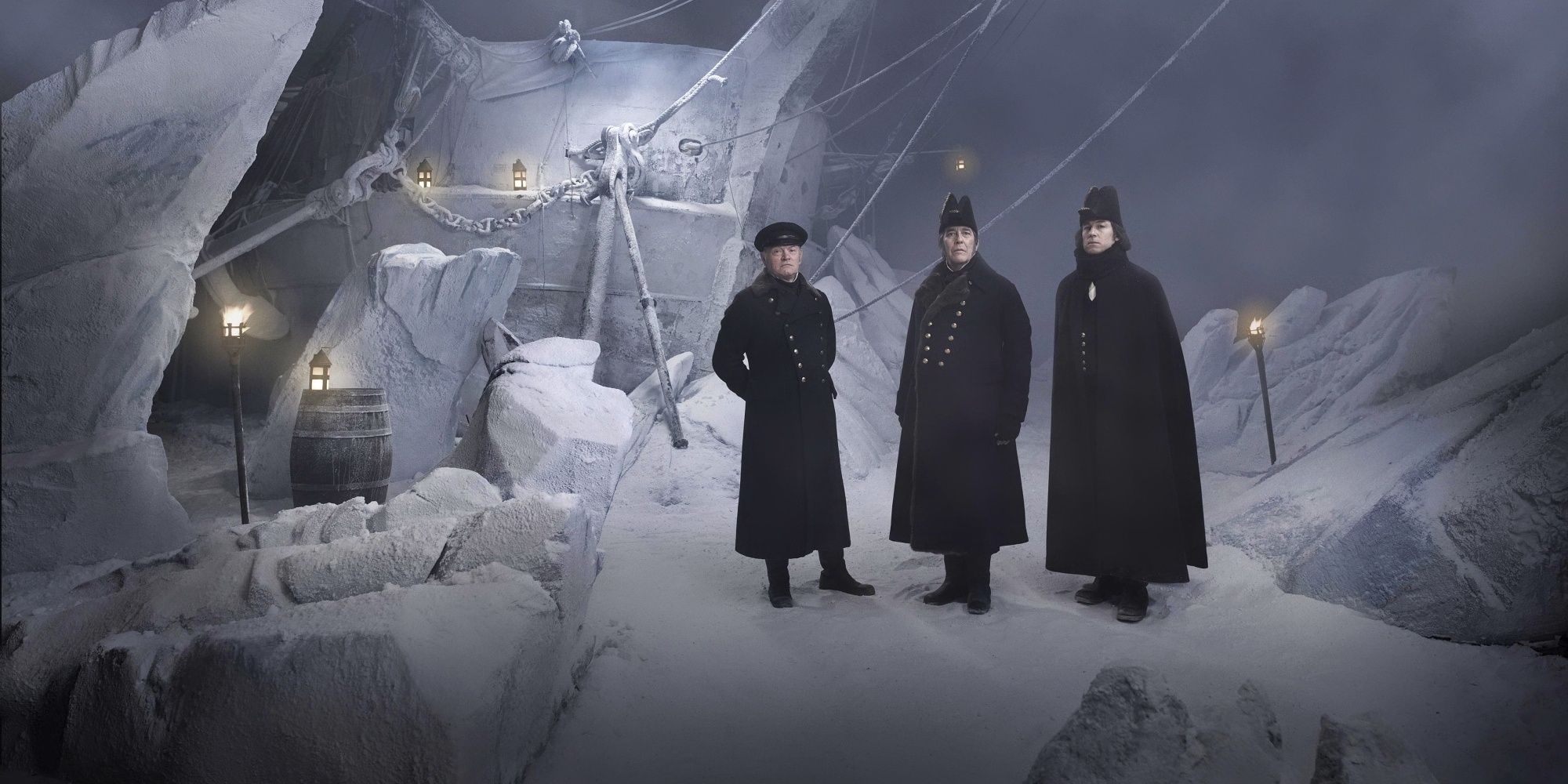
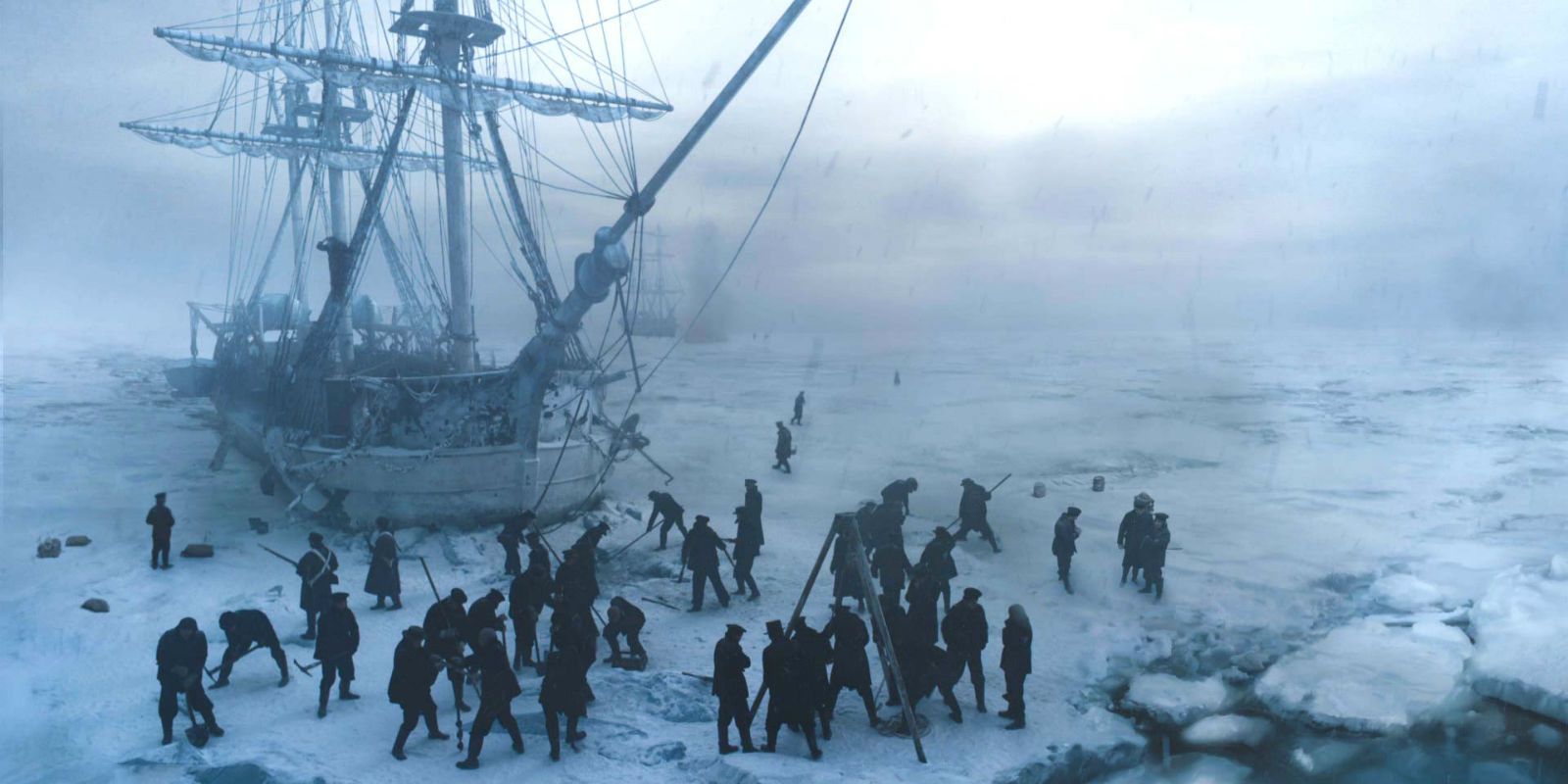
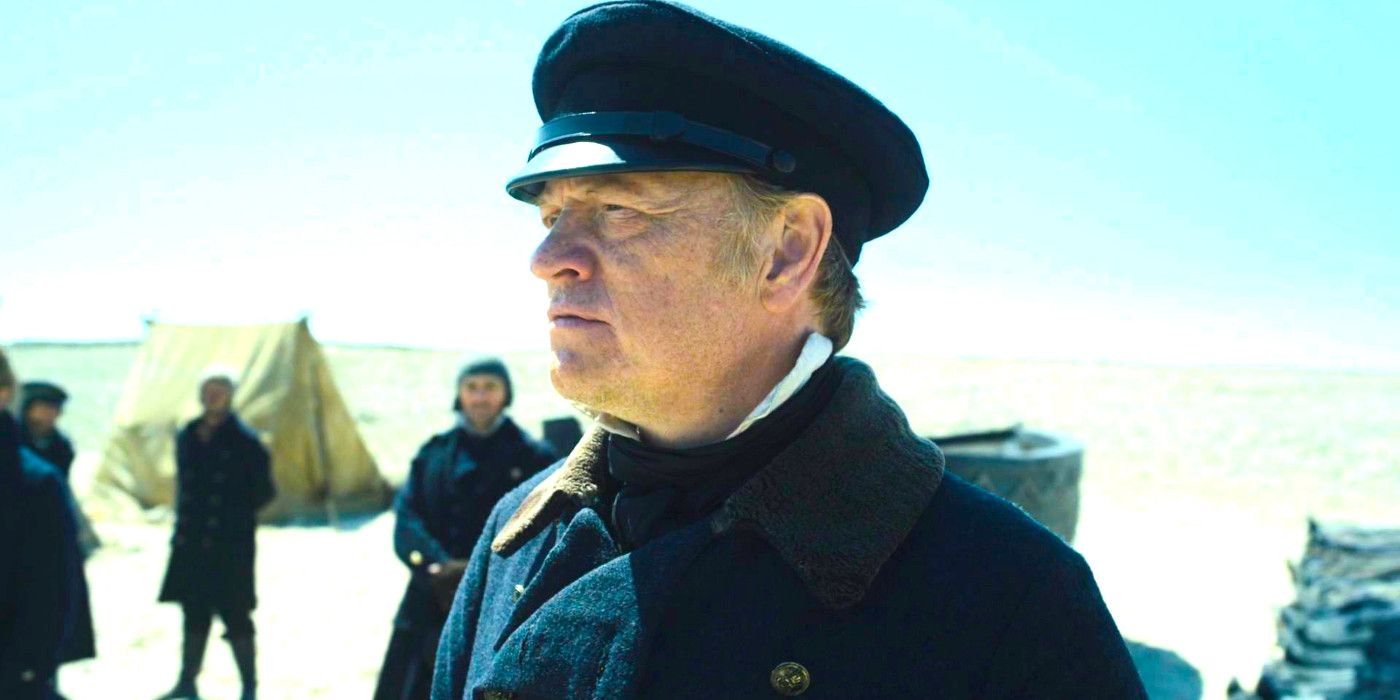
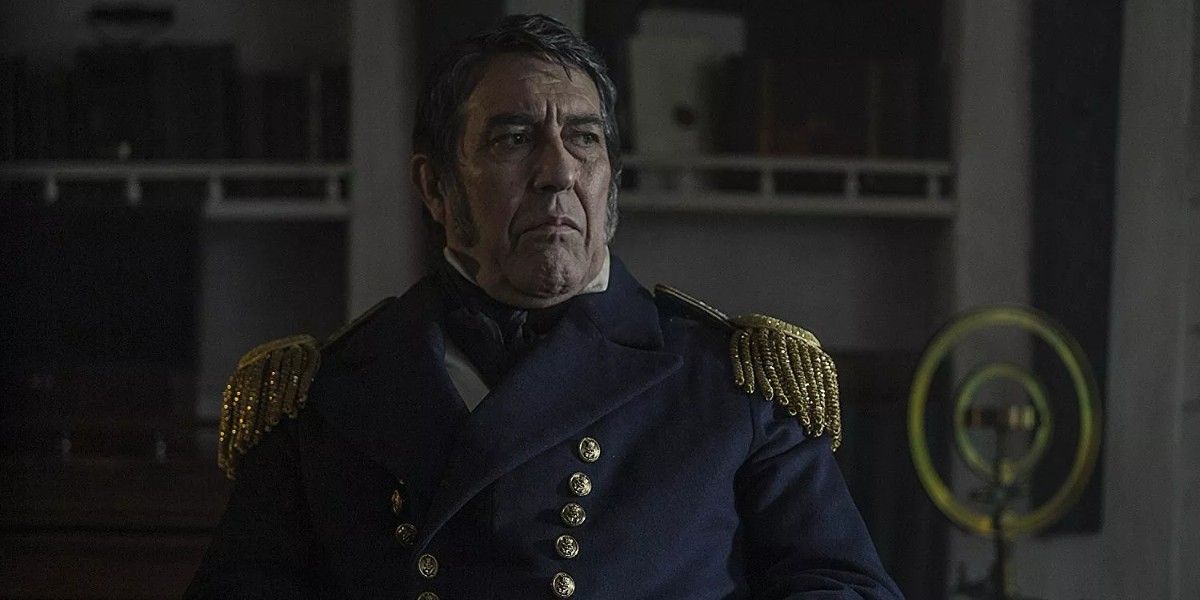
Both The Terror and True Detective attempt to use the remote Arctic wilderness to evoke a sense of isolation and humanity’s insignificance in the face of nature. However, only one show manages to effectively convey this message. The Terror‘s central story of an expedition gone wrong in a time where the protagonists don’t have the luxury of modern technology makes nature seem genuinely dangerous. As the men gradually descend into darkness, the bleakness of their surroundings only becomes more unnerving, making events seem more horrific than any monster ever could.
…the sense of isolation that should explain some characters’ irrational behavior is somewhat stunted, making their more bizarre actions seem inexplicable.
On the other hand, True Detective: Night Country fails to make its environment feel like a major player in the narrative. Although the perma-dark could be an effective atmosphere-setter, an unintended consequence is that it makes it difficult to appreciate the scale of the wilderness that surrounds Ennis. As a result, the sense of isolation that should explain some characters’ irrational behavior is somewhat stunted, making their more bizarre actions seem inexplicable. Considering how similar series, such as Yellowjackets, make full use of the location, this feels like a major missed opportunity for Night Country.
The Terror Is A Powerful Psychological Drama
True Detective’s Story Loses Its Impact
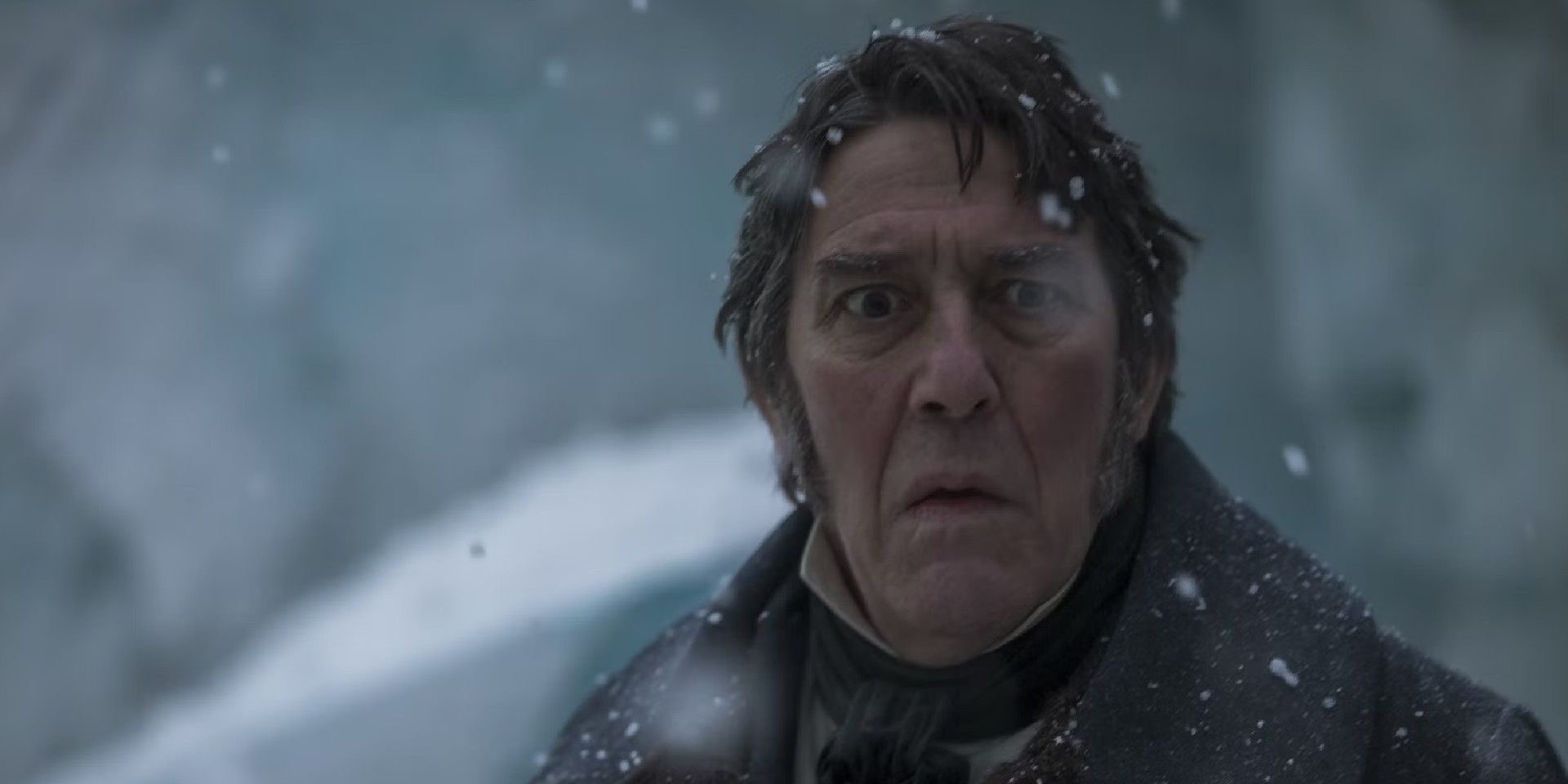
Perhaps the biggest contrast between True Detective season 4 and The Terror is in the two series’ exploration of human psychology. The power of The Terror comes from the believable breakdown of its characters. A combination of isolation, the ferocity of the elements, desperation to survive, fear of the unknown, diminishing resources, and needling from characters like Adam Nagaitis’ Cornelius Hickey, creates an almost perfect storm that reduces the crew to their base instincts. In an attempt to bring “civilization” to uncharted territory, they revert to a completely primal state – with horrifying results.
This arc, with all its supplementary supernatural horror, never feels anything less than fully believable. By contrast, the resolution of True Detective‘s mystery feels unearned and utterly irrational. In Night Country‘s ending, it is revealed that the scientists’ disappearance had nothing to do with a vengeful spirit, but was instead the action of a group of vigilante women, hitherto mostly peripheral in the broader story. Several characters experience breakdowns that, in contrast to The Terror‘s well-realized and logical disintegration, feel jarringly sudden. While trying to explore similar ideas, Night Country‘s message becomes rushed and garbled.
Of course, it’s not fair to compare every aspect of True Detective: Night Country and The Terror. The 2024 series is, primarily, a murder mystery, whereas AMC’s 94% rated hit is a historical case revolving around an entire missing crew. However, through their setting and themes, the shows have undeniable overlap. The effectiveness with which The Terror depicts these ideas only makes Night Country‘s shortcomings more acute.




